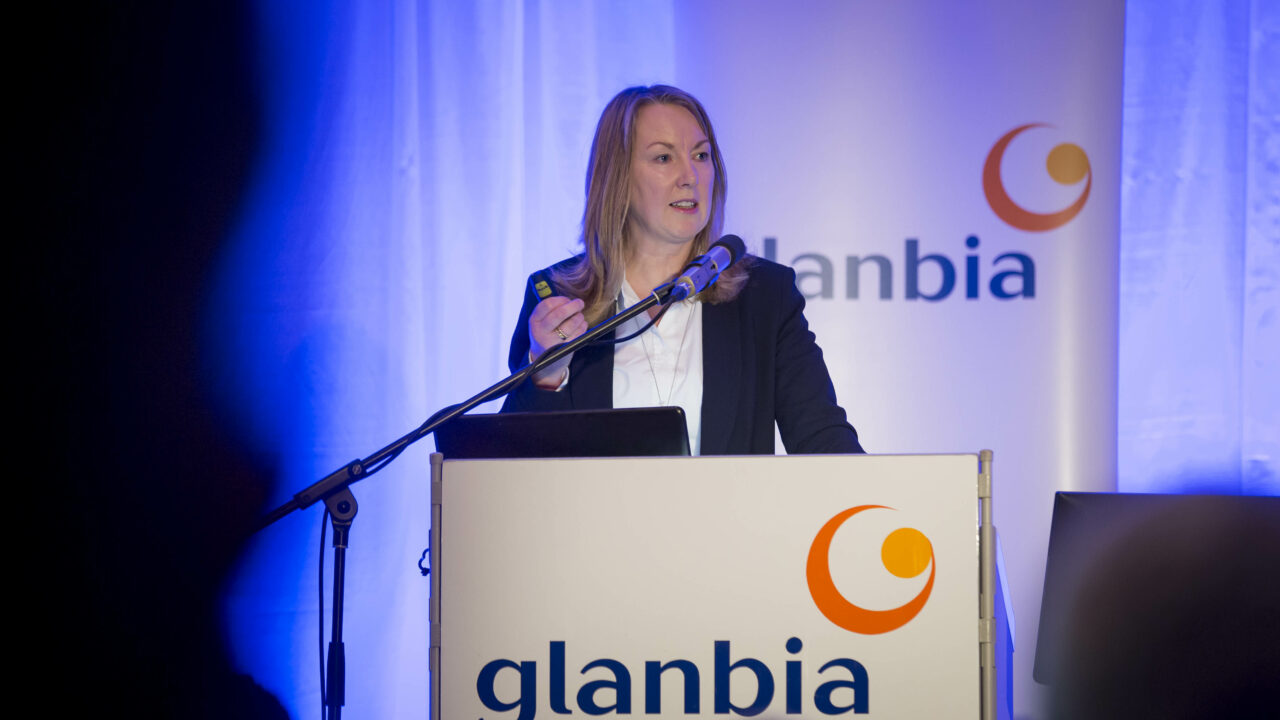Glanbia Ireland is taking part in an EU “Smart Protein” project looking at “alternative protein sources” in an agri-food research programme with a budget of almost €10 million.
According to the programme runners, a range of new-protein foods made from the by-products of pasta, bread and beer will soon be created under this project.
Glanbia Ireland is one of the 33 partners from industry, research and academia across 21 different countries that are collaborating on the European Commission Horizon 2020 project.
New proteins emerging from the Smart Protein project will include plant-based meats, fish, seafood, cheese, infant formula and other dairy products, as well as baked goods.
It is expected that the first wave of products will go to market in or around 2025.
Smart Protein has a total budget of €9.6 million, €8.2 million of which is provided by the European Commission. Smart Protein will run for four years from January 1, 2020.
In a statement on the matter, a spokesperson for Glanbia Ireland said: “It’s an area that we have been working in for several years. Our food grains business is already well established in the marketplace, with a state-of-the-art oats processing facility opened in Portlaoise, Co. Laois in 2014.
Our partnership in the research into Smart Protein is complementary to this and will further inform our continued research and development with our premium grains.
In line with the rising demand for gluten-free products, we see continued opportunities for farmers in premium grains and are currently seeking to expand our volume of oats processed.
“In addition, we have been researching other ancient grains. We began trials in Carlow in 2015 to test varieties of Quinoa, a grain native to the Andes.
“This project is an opportunity for Glanbia Ireland as one of over 30 partners to gain access to world-class research infrastructure,” the statement concluded.
